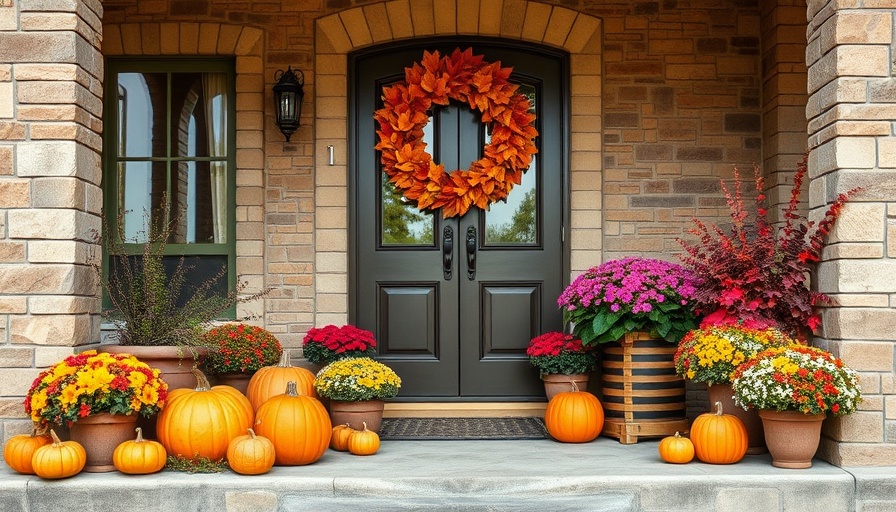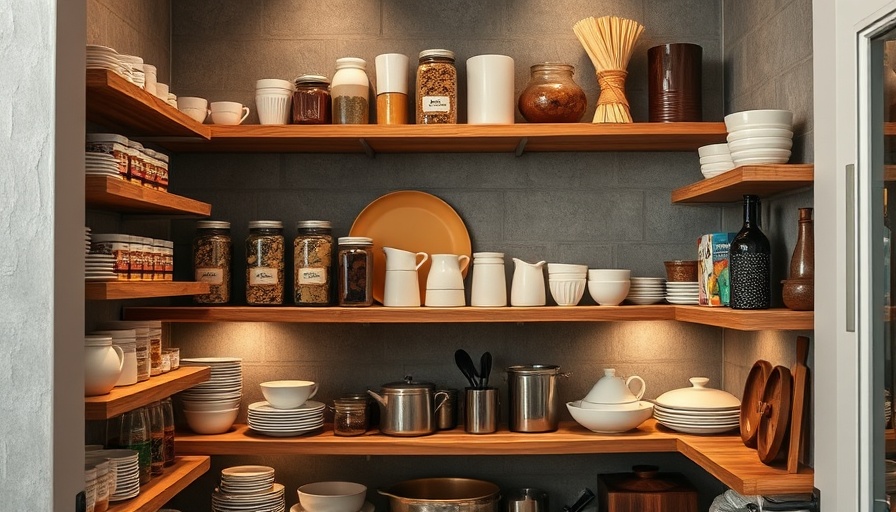
Revitalize Your Home with Simple Updates
Have you ever walked into your house feeling uninspired by your surroundings? This is a common sentiment shared by many homeowners, as time can make even the coziest spaces feel lackluster. Thankfully, there are practical and affordable ways to rejuvenate your home without the need for expensive renovations. Whether you're based in Louisville, Kentucky, or anywhere across the U.S., these tips will breathe new life into your living space.
Transform Your Bathroom: Small Changes, Big Impact
Your bathroom is not just a utility space; it's a sanctuary where you start and end your day. Minor updates can make a significant difference. For instance, consider replacing old fixtures like faucets and showerheads. Adding floating shelves enhances storage while lending a modern touch. If you have a budget for more impactful changes, enlisting a local bathroom remodeler can help you achieve a stylish makeover, potentially incorporating a walk-in shower or chic tiles.
Rearranging for Optimal Flow
Sometimes all it takes is a fresh layout to rekindle your love for a space. Rearranging furniture can shift the energy of a room dramatically. Try moving your couch or chairs to different positions. This new arrangement can create inviting conversation areas and enhance the overall flow of your living space. If you're overdue for an upgrade, consider investing in a few new furnishings that reflect your personality—like a funky chair or a sleek coffee table—to reinvigorate the atmosphere.
Declutter for a Breath of Fresh Air
Clutter has a knack for making rooms feel cramped and chaotic. Dedicating some time to declutter each space can transform your home into a more tranquil environment. Start small: tackle one room at a time and sort through items to keep, donate, or recycle. Consider effective storage solutions, such as bins or baskets, to maintain organization. A tidy home not only looks better but also feels more relaxing and enjoyable to inhabit.
Let There Be Light!
Lighting plays a vital role in setting the mood of your home. Dull lighting can sap the energy out of any room. Upgrading to brighter LED bulbs or fashionable light fixtures can significantly enhance your spaces. Incorporate layered lighting options—floor lamps, pendant lights, or under-cabinet lighting—to create a beautifully illuminated and inviting atmosphere.
By implementing these straightforward strategies, you can elevate your home's feel without extensive renovations. Start small, and you'll be amazed at how these changes can bring back the excitement and comfort in your home.
Enhance your home further by exploring more DIY projects and tips—your ideal living space awaits!
 Add Row
Add Row  Add
Add 



Write A Comment